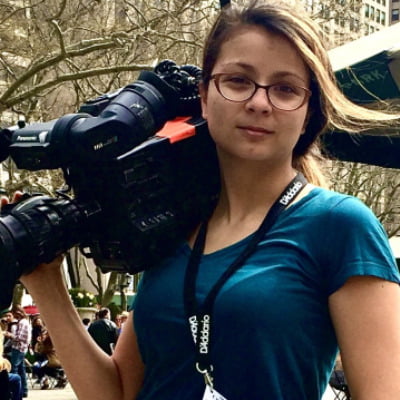BNM Writers
CNN Sees Biggest Cable News Ratings Gain During April
The Lead with Jake Tapper was up 23% during the month.


Douglas Pucci is a Bronx native and NYU graduate analyzing news television ratings for Barrett News Media. He did an internship at VH1’s “Pop Up Video” in 1997. After college, Pucci went on to design, build and maintain websites for various non-profit organizations in his hometown of New York City. He has worked alongside media industry observer Marc Berman for over a decade reporting on all things television, first at Cross MediaWorks from 2011-15 then at Programming Insider since 2016. Pucci also contributed to the sports website Awful Announcing. Read more: https://programminginsider.com/author/douglas/
BNM Writers
How Lee Harris Went From Polka Station Owner to Radio Hall of Fame Nominee
“Should it come to pass that I get inducted, it will be on behalf of the hundreds and hundreds who have toiled largely — I don’t want to say unrecognized, but uncelebrated — in all news radio.”


Krystina Alarcon Carroll is a columnist and features writer for Barrett News Media.She currently freelances at WPIX in New York, and has previously worked on live, streamed, and syndicated TV programs. Her prior employers have included NY1, Fox News Digital, Law & Crime Network, and Newsmax. You can find Krystina on X (formerly twitter) @KrystinaAlaCarr.
BNM Writers
How Can Commercial Radio Support College Radio?
A station needs marketing which is a golden opportunity to use social media, it needs sales much like any noncommercial operation, and it needs promotion.


One of the radio industry’s most respected researchers, Dr. Ed Cohen writes a weekly column for Barrett News Media. His career experiences include serving as VP of Ratings and Research at Cumulus Media, occupying the role of VP of Measurement Innovation at Nielsen Audio, and its predecessor Arbitron. While with Arbitron, Cohen spent five years as the company’s President of Research Policy and Communication, and eight years as VP of Domestic Radio Research. He has also held the title of Vice President of Research for iHeartMedia/Clear Channel, and held research positions for the National Association of Broadcasters and Birch/Scarborough Research. Dr. Ed always enjoys hearing your thoughts so please feel free to reach him at [email protected].
BNM Writers
The NFL Continues to Test Fans
There’s no doubt that the NFL’s marketing machine is mighty.


Andy Bloom is president of Andy Bloom Communications. He specializes in media training and political communications. He has programmed legendary stations including WIP, WPHT and WYSP/Philadelphia, KLSX, Los Angeles and WCCO Minneapolis. He was Vice President Programming for Emmis International, Greater Media Inc. and Coleman Research. Andy also served as communications director for Rep. Michael R. Turner, R-Ohio. He can be reached by email at [email protected] or you can follow him on Twitter @AndyBloomCom.















